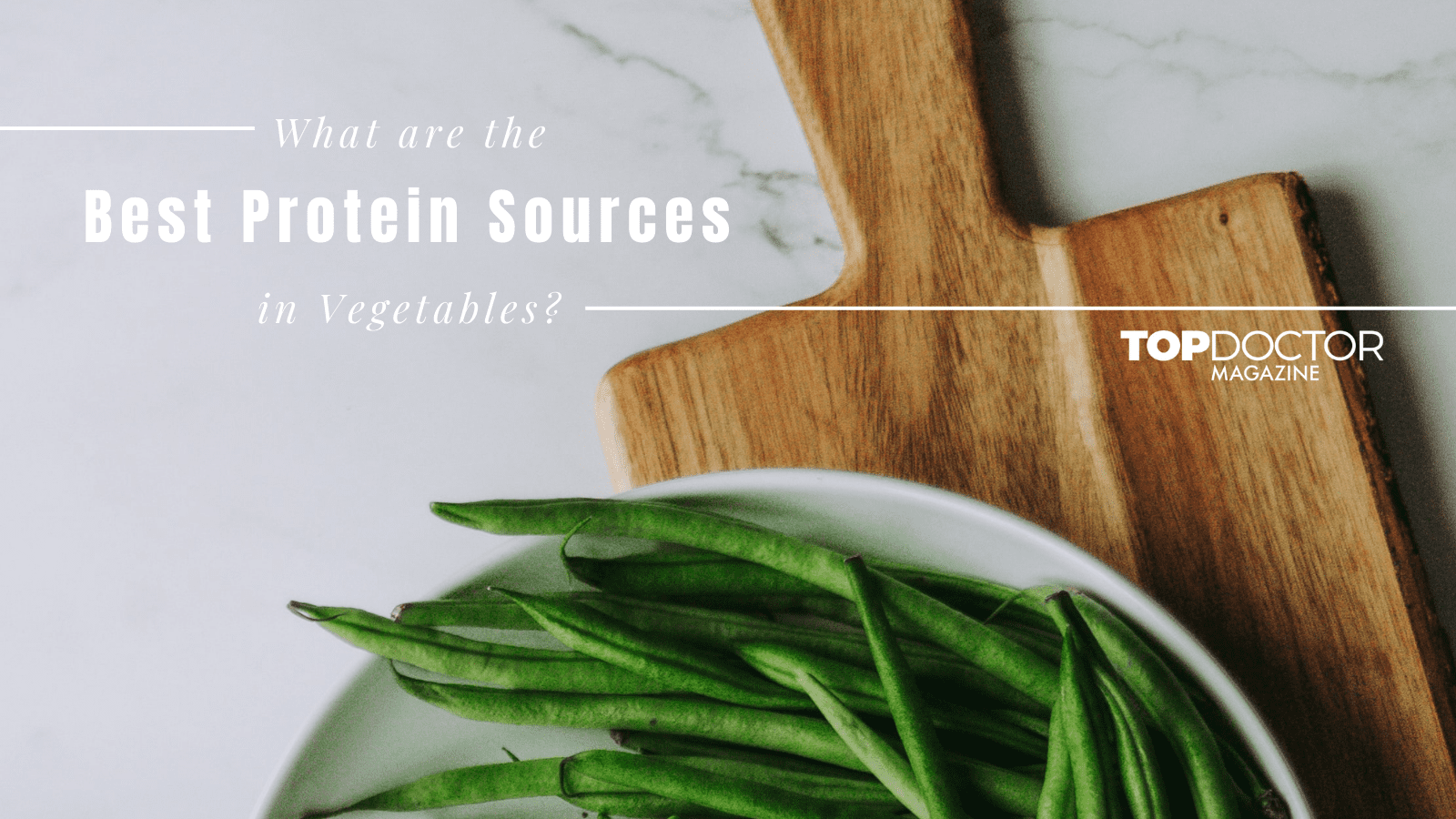Diet is a critical part of your overall health, and the meals and snacks you eat play a huge role in the quality of your physical well-being. In addition to these foundational insights, many people understand that different foods provide different kinds of sustenance for the body. However, what if the general understanding of protein was mistaken? Is meat the only reliable source of protein, or can other foods supplement protein intake?
Research on the characteristics of vegetables has revealed that vegetables can provide significant portions of protein to your daily diet. While it will take some effort to determine which vegetable options will be most helpful to you, rest assured that the effort you put in will be worth it— understanding how to optimize your diet is a major step forward for those who want to take charge of their health. So, what are the best protein sources in vegetables?
Protein Sources in Vegetables
The first option, no doubt familiar to fans of soups, is the lentil. When boiled, 1 cup of lentils can provide 17.86 grams of protein! In addition to this high vegetable-based protein offering, lentils are appealing in that they take very little time and effort to prepare!
Another culinary delight that functions as a vegetarian protein source is the pinto bean. Necessary additions to burritos, chilis, soups and salads, pinto beans bring 15.41 grams of protein per cup. Not a bad amount of protein for a small vegetable!
A few more varieties of beans deserve a special shout-out. Chickpeas, also known as garbanzo beans, are prominently featured in hummus. They can be roasted and snacked on all on their own or added to different recipes, but either way, you can get almost 15 grams of vegetable protein. Mung beans, which are also significant for their plentiful iron and fiber content, also provide nearly 15 grams of protein, making them one of the best options for plant protein.
Lima and fava beans, which have also been incorporated into many delicious recipes, will give you around 13 and 12 grams of protein per cup. So, the next time you make a trip to the supermarket with your vegetable protein intake in mind, give the bean section a little extra attention!
Green peas, which chefs praise for their versatility across different recipes, bring around 9 grams of protein to the table per cup. Another ubiquitous vegetable that will be easy to track down is the potato, which needs no introduction when it comes to deliciousness and the incredible range of uses. On top of the potential boost to your kitchen creativity, a single baked potato with skin can give you 5 grams of vegetable protein!
What about Protein Sources in Other Plants?
Considering the astonishing variety of plant and animal life inhabiting our planet, you won’t be surprised to hear that the protein sources in vegetables are not limited to beans, peas and potatoes. Healthy amounts of protein can also be found in nuts like pistachios and almonds, so it’s important to recognize that these delicious snack foods – which are not a staple of everyone’s diet – might deserve a place in yours. A single ounce of either pistachios or almonds will deliver nearly 6 grams of protein when dry-roasted, so it might be worth picking up a can next time the opportunity arises.
Back to vegetables! One of the vegetables many people associate with jokes about bad taste is the Brussels sprout, but it deserves a second chance. Even if you disliked its flavor as a child, the vegetable’s 5.5 grams of protein per cup could greatly boost the quality of your diet. Try roasting, steaming or shredding them to add to an entree or salad. Don’t be surprised when they turn out to supplement some of the protein you may be missing!
You can easily integrate many of these protein-rich vegetables into lunch or dinner recipes, but what about breakfast? The avocado is one of the best high-protein options to fill that early-in-the-day menu slot. Delicious on its own or as part of a recipe, a single, medium-sized avocado will give you 4 grams of vegetable protein.
Why is Protein from Vegetables So Important?
It is possible to get delayed in this research by marveling over the many recipe options for those who want to integrate more vegetable protein into their diet. Still, you must also take time to consider the importance of protein to health in the first place. Maintaining a healthy diet without protein is like trying to row upstream without a paddle. Protein is critical to your body’s ability to build and repair muscles, not to mention the production of hormones.
You can call protein the fuel of your body. Many physiological functions require the presence of protein in order to be carried out, and it’s a mistake to ignore this component of a healthy diet. While it is accurate to say that humans can get enough protein through their diets, it’s also true that not all foods are created equal when it comes to protein.
When considering the question of proper protein consumption, you should also take the amounts of protein you eat at different points of the day into account. The healthiest recommendation is to eat small amounts of protein at each meal since your body will simply excrete any excess protein.
Therefore, small amounts at breakfast, lunch and dinner will give your body a chance to get more value from the appropriate amount of protein you eat. This is why it’s such good news that vegetables, beans and nuts are viable protein sources—because you can integrate them into so many different recipes and meals.
How Much Vegetable Protein Should I Eat?
The answer to this question will depend, to some extent, on you. The correct amount of protein for your diet will vary based on your diet itself. In other words, if your total daily intake comes to 2,000 calories, then between 200 and 700 of those calories should come from protein. That’s a specific example, but the general rule is that between 10% and 35% of your total calories should come from protein. It might sound like a lot at first, but remember how vital protein is to your body’s functioning!
This truth becomes evident once the downsides of protein deficiency are factored in. These issues include an increased risk of bone fractures, a loss of muscle mass, problems with your skin, hair and nails and an increased risk of infection. In addition, a lack of protein could lead to a bigger appetite and result in increased calorie intake – even though your body doesn’t need it. So, instead of empty calories meant to replace protein, give your body what it needs!
Meat and poultry products are not the only legitimate sources for your body’s protein requirements. Take some time to investigate the dietary benefits of beans, nuts, avocados and other vegetables you might not have considered. Eggs, dairy products and seeds are also protein-rich options worth exploring. They might provide the protein you need to take your diet to the next level!






0 Comments